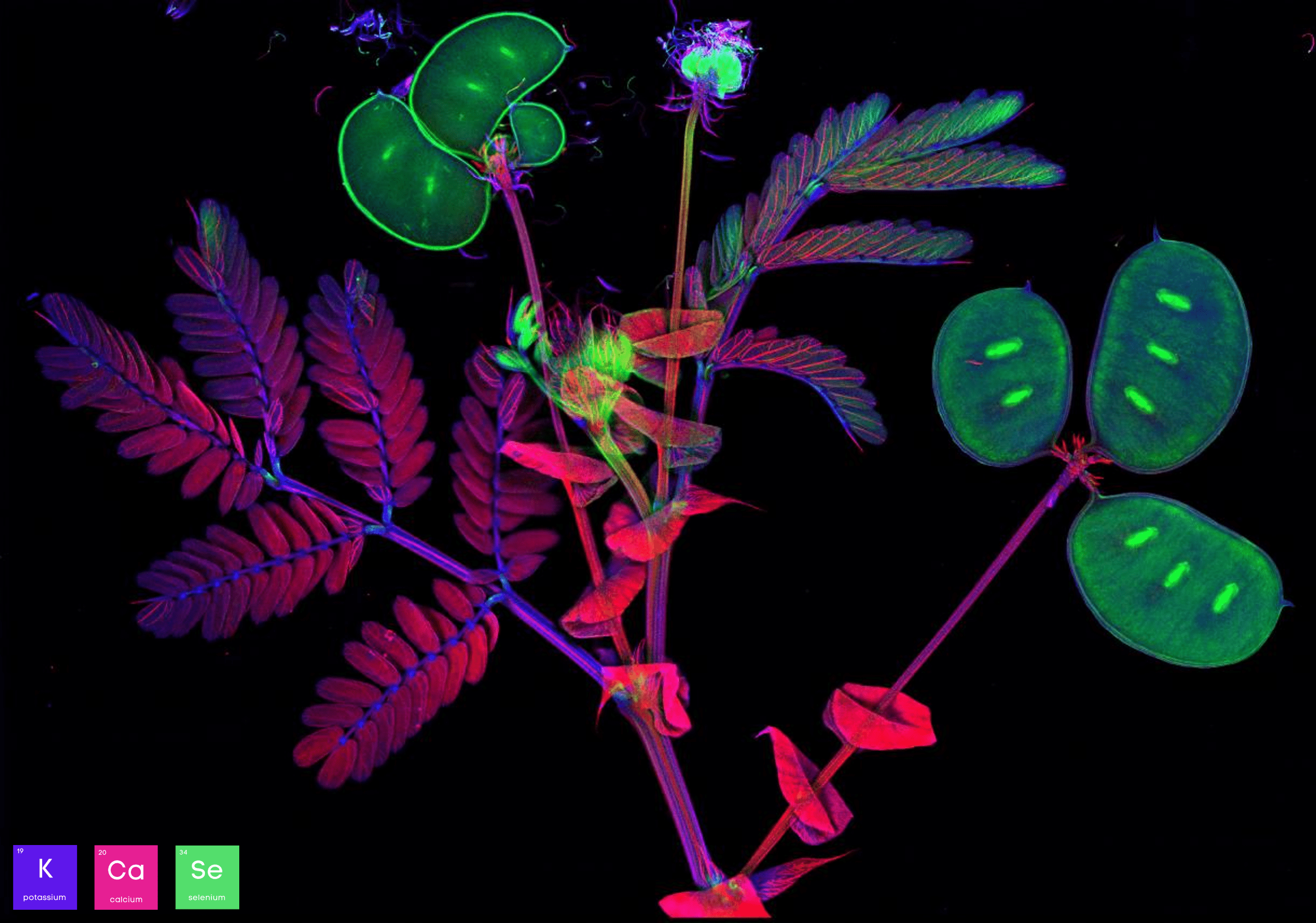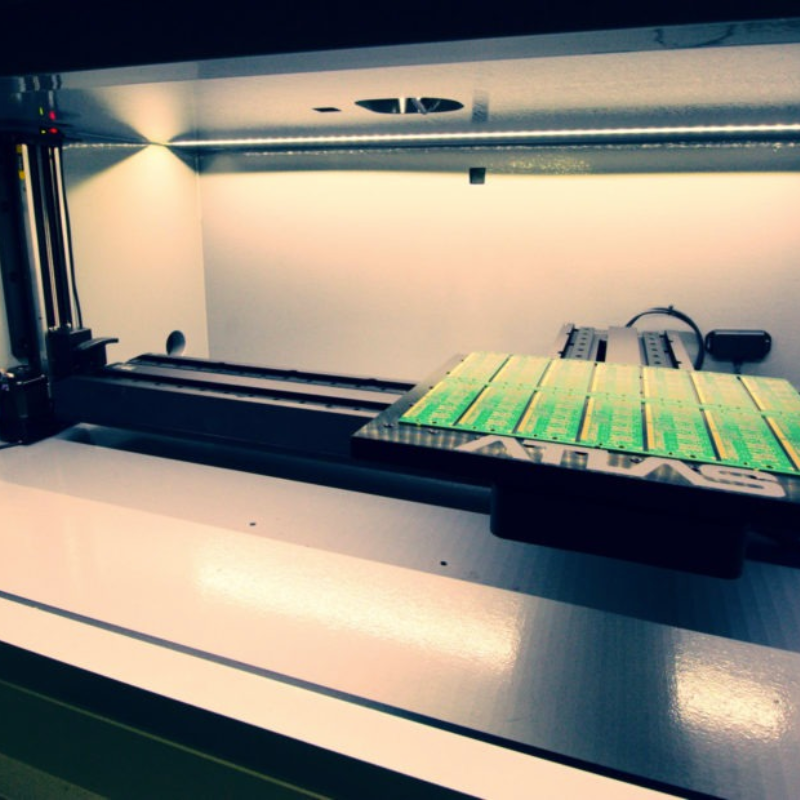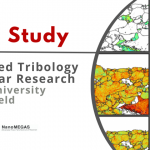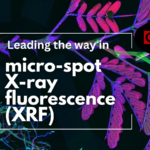
by Bryan DeVerse, IXRF Systems [see original article here]
Elemental analysis, the study of the elemental composition of materials, is a fundamental aspect of many scientific disciplines. Whether investigating geological specimens, biological tissues, or advanced materials, understanding the distribution and concentration of elements within a sample is crucial. Spatial resolution is a critical factor that significantly impacts the accuracy and detail of elemental analysis. In a new article, IXRF Systems’ Bryan DeVerse delves into the importance of spatial resolution in elemental analysis and explores how micro X-ray fluorescence spectrometers (μXRF), like the Atlas series from IXRF Systems, enhance our understanding of diverse samples. For the full article, please click here.
Unveiling Spatial Heterogeneity
Nature is often characterised by spatially heterogeneous samples, where different regions possess distinct elemental compositions. Researchers can unravel the intricate patterns and variations within a sample by employing high spatial resolution techniques. The Atlas series offers the smallest X-ray spot in the industry at 5 μm; this unique XRF microscope is optimised for analysis speed without compromising accuracy. This enables the identification of specific regions and unveils meaningful relationships between elemental distribution and sample structure or function.

The full article looks into:
- Mapping Elemental Distributions
- Microanalysis of Subtle Features
- Accurate Elemental Quantification
- Enhanced Imaging and Visualisation

Would you like to discuss your application?
Contact our Technical Product Manager, Dr. Satyam Ladva by email or call (01372) 378822.








